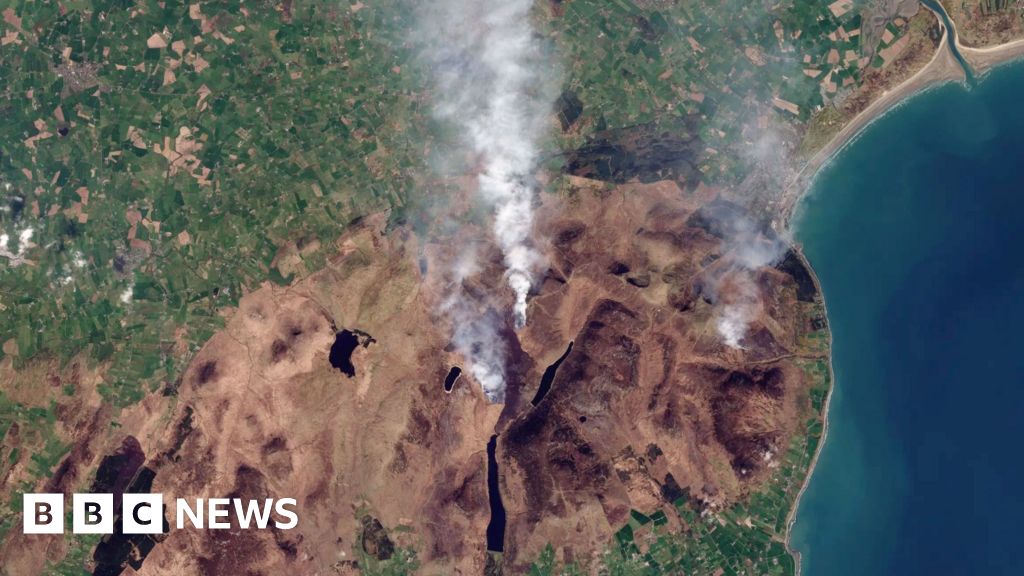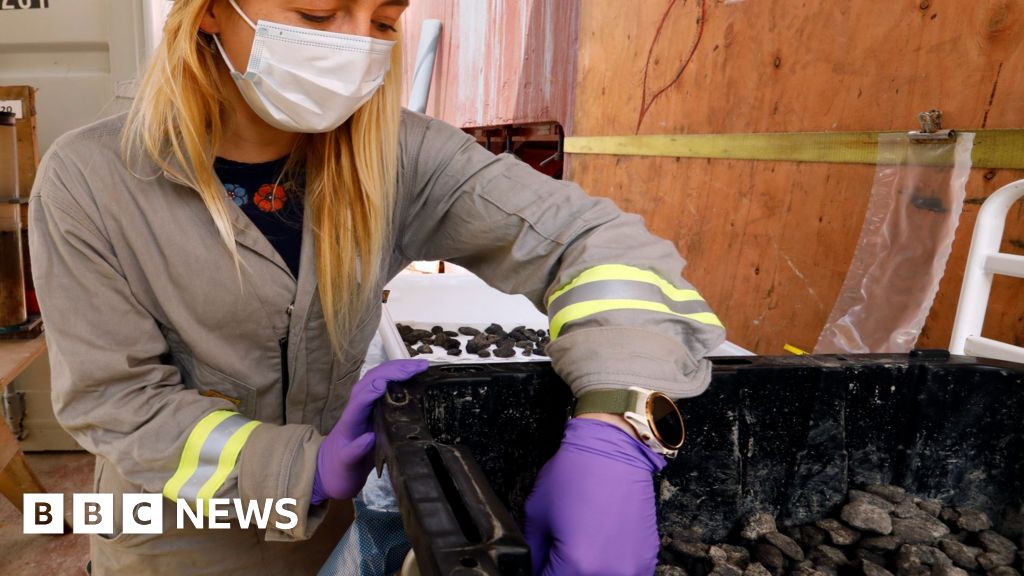ARTICLE AD BOX
Watch: Iceberg A23a, more than twice the size of Greater London, does a nimble turn
Like a dainty ballerina, the world's biggest iceberg has just completed a perfect pirouette.
The near-trillion-tonne frozen block, A23a, began its spin at the beginning of the year, while holding broadly the same position just north of the Antarctic Peninsula.
The berg is expected shortly to step into a powerful current that will sweep it away into the Southern Ocean.
A23a covers an area more than twice that of Greater London.
The video on this page comes from the US space agency's Modis satellite sensor system.
A23a broke from the Antarctic coast in 1986, before grounding itself on a shallow part of the Weddell Sea floor for three decades.
Only in the past couple of years has the berg made serious progress in trying to get away from the continent.
Recent weeks, though, have seen its northward drift slow somewhat.
Westerly winds
A23a is currently turning on its heels in a stretch of water between Elephant Island and the South Orkney Islands - small parcels of land at the tip of the peninsula.
It cannot be seen in the satellite imagery - but A23a is loitering just behind the South Scotia Ridge, which is like a submerged continuation of the peninsula.
Once the berg crosses over this ridge, it will enter the Antarctic Circumpolar Current, one of the most powerful movements of water on the planet.
And this should push A23a, aided by strong westerly winds, to the north-east.
'Bergy bits'
Image source, Richard Turner/BAS
Image caption,The British Antarctic Survey recently visited the giant berg
It is essentially following the major route for the export of ice from the continent - what scientists call "iceberg alley".
The interplay of winds, ocean fronts and eddies will determine A23a's precise course over the coming weeks but many of these giant flat-topped, or tabular, bergs end up passing by the British Overseas Territory of South Georgia.
Recent close-up photographs from passing ships show the berg wasting at its edges.
Waves are cutting into its walls and chunks breaking off to form a surrounding armada of football-pitch-sized "bergy bits" and lorry-sized "growlers".
Today, A23a still covers an area of about 3,800 sq km (1,470 sq miles) but the processes of erosion and melting will only accelerate as it journeys further into rougher and warmer waters.

 1 year ago
118
1 year ago
118








 English (US) ·
English (US) ·